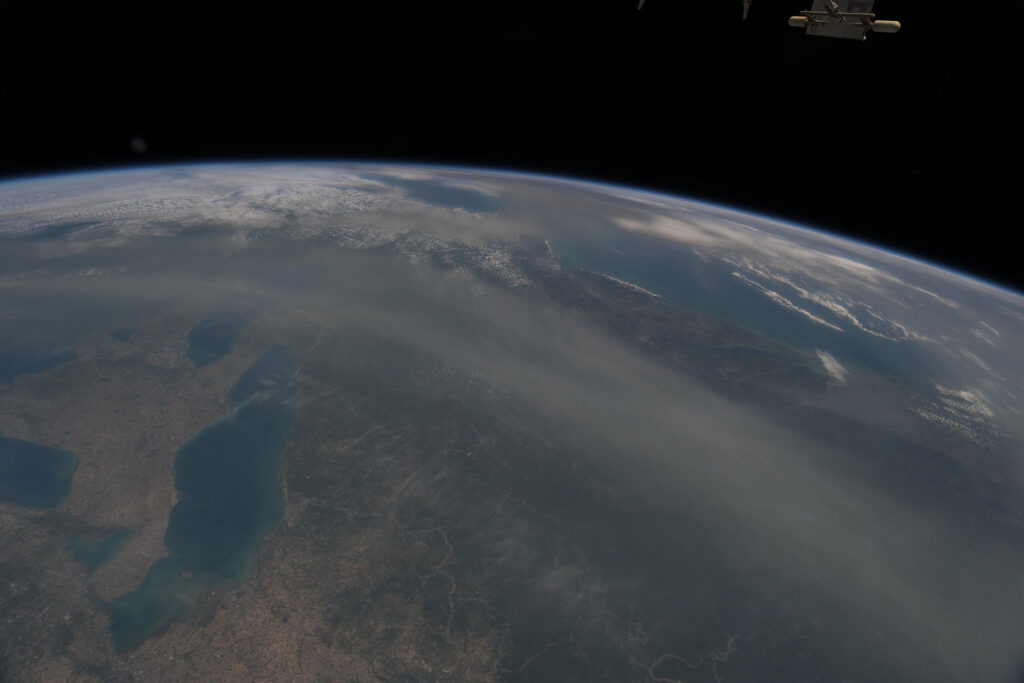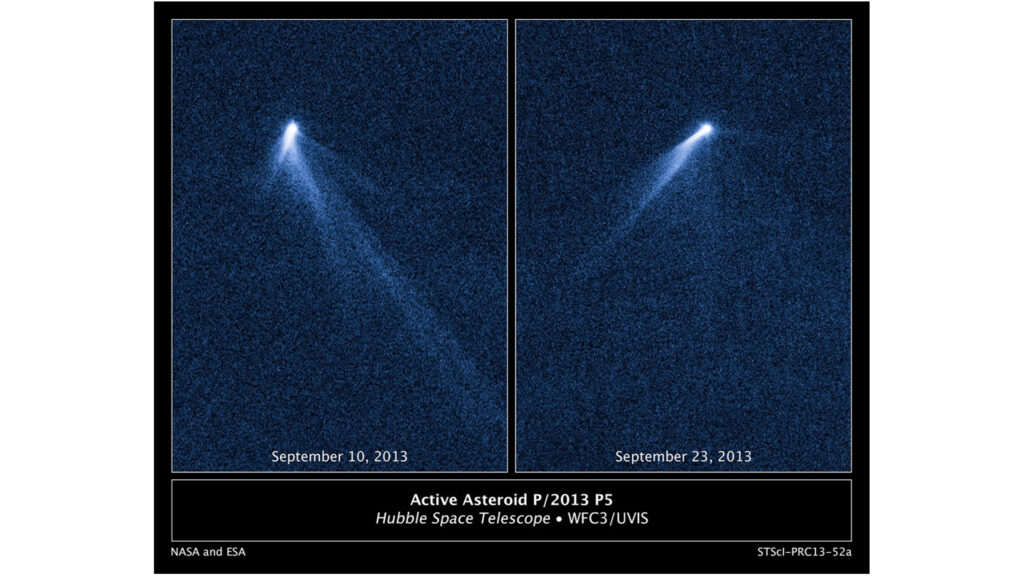Updated on June 3: SpaceX has delayed the launch of its CRS-28 cargo mission to no earlier than Sunday, June 4, at 12:12 p.m. EDT (1612 GMT) due to bad weather and vehicle checks.
SpaceX will launch its 28th cargo mission to the International Space Station for NASA Sunday (June 4) after a one-day weather delay and you can watch the action live.
A SpaceX Falcon 9 rocket is now scheduled to launch a robotic Dragon cargo capsule toward the orbiting lab Sunday at 12:12 p.m. EDT (1612 GMT) from NASA’s Kennedy Space Center in Florida. The launch was originally scheduled for Saturday, June 3, but SpaceX announced a 24-hour delay in the wee hours citing the need to “allow more time for vehicle preparations and for weather conditions to improve,” according to a Twitter update.
You can watch the launch here at Space.com, courtesy of NASA, or directly via the space agency of SpaceX. SpaceX’s webcast will begin at 12 p.m. EDT (1600 GMT). There’s no guarantee the Dragon will get off the ground on time, however; in fact, there’s a 60% chance that the weather won’t cooperate on Sunday, only slightly better than the 70% odds of bad weather for Saturday. If the launch doesn’t happen today, the next opportunity comes Monday (June 5) at 11:47 a.m. EDT (1547 GMT).
Related: 8 ways that SpaceX has transformed spaceflight
The Falcon 9 will carry the uncrewed Dragon capsule to orbit on a rendezvous course for the International Space Station (ISS). Following stage separation, the Falcon 9’s first stage will perform a boost-back burn and land on SpaceX’s autonomous droneship A Shortfall of Gravitas, which will be stationed in the Atlantic Ocean.
The cargo Dragon will spend just over 40 hours on an intercept course with the International Space Station. Dragon will catch up with the ISS early Monday morning (June 5), with docking to the Harmony module’s zenith port scheduled for 5:36 a.m. EDT (0936 GMT). You can watch that here at Space.com too, when the time comes.
Dragon will carry a few thousand pounds of science investigation supplies and provisions for the station’s crew. A delayed launch of Northrop Grumman’s Cygnus ISS resupply vehicle, NG-19, prompted NASA to transfer some of that mission’s intended cargo to Dragon in order to keep the space station’s cache from diminishing too much.

During a prelaunch press briefing on Tuesday (May 30), NASA’s ISS chief scientist Kirt Costello said that CRS-28 is “making up for the delays we had in our NG Cygnus vehicle arriving at Station. So, we’re sending up lots of extra logistics crew supplies for the crew to keep them going throughout the end of the year.”
The scientific research aboard CRS-28 brings new experiments to the ISS, as well as replenishing materials for over 30 ongoing projects. The CLINGER technology demonstration for autonomous space station docking systems, microgravity-induced DNA mutation of telomeres and blue energy thunderstorm discharge research are among some of the new science experiments going up on this mission.
Half a dozen cubesats are tucked away onboard the CRS-28 Dragon as well, all but one of which are student-run projects from the Canadian Space Agency’s Canadian Cubeaat program. The sixth comes from the Aerospace Corporation, in partnership with the Air Force Research Laboratory and Space Systems Command. It’s called Moonlighter, and it will provide the platform for a space-based cybersecurity hacking challenge.
Related stories:
CRS-28 also carries the next pair of iROSAs (International Space Station Roll Out Solar Arrays), which are being attached above the ISS’ existing solar panels in order to augment station electricity needs. Those will be removed from Dragon’s trunk using the station’s robotic arm, then installed by NASA astronauts over the course of two spacewalks. Once operational, the full complement of iROSAs will boost the orbiting lab’s power supply by 20% to 30%.
SpaceX’s cargo Dragon is designed as a reusable vehicle, and will return scientific samples from over 34 investigations aboard the ISS at the end of its stay at the station. Like its crewed counterpart, the cargo Dragon comes back to Earth for soft, parachute-aided ocean splashdowns.


